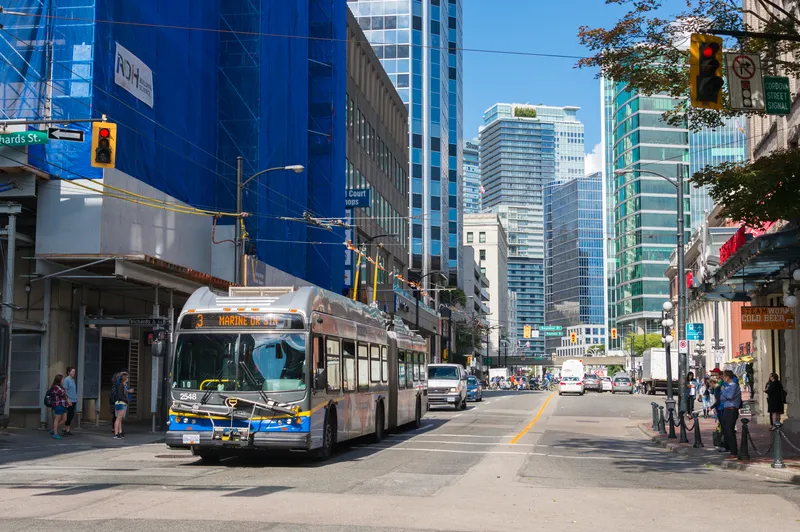The South East Queensland government, Australia, is set to roll out real time travel information across South East Queensland from next month.
Announcing the new technology, Transport and Main Roads Minister, Scott Emerson, said: “This new technology is all part of our strong plan for a brighter future to improve public transport for Queenslanders and boost the local economy. Real-time technology enables passengers to know exactly where their bus is in the morning which could mean enough time for an extr
October 20, 2014
Read time: 2 mins
The South East Queensland government, Australia, is set to roll out real time travel information across South East Queensland from next month.
Announcing the new technology, Transport and Main Roads Minister, Scott Emerson, said: “This new technology is all part of our strong plan for a brighter future to improve public transport for Queenslanders and boost the local economy. Real-time technology enables passengers to know exactly where their bus is in the morning which could mean enough time for an extra cup of coffee with the family before leaving the house. When finishing work for the day passengers will be able tell how far away their train is, avoiding extra time waiting at the station.”
The project uses GPS on buses and ferries, combined with mobile communications on each vehicle, to track the exact location and movements of services, with arrival times updated every 30 seconds on the376 TransLink website.
Emerson said that previous real-time trials have proven too expensive, but working with partner378 Cubic Transportation Systems has enabled the state to deliver good value for Queensland taxpayers.
Cubic Australasian managing director Tom Walker said the new technology delivered a number of behind the-scenes efficiencies set to benefit TransLink passengers.
“This technology allows vehicles to download data away from the depot, meaning customers will be able to view their Go card travel histories within 30 minutes,” he said.
Announcing the new technology, Transport and Main Roads Minister, Scott Emerson, said: “This new technology is all part of our strong plan for a brighter future to improve public transport for Queenslanders and boost the local economy. Real-time technology enables passengers to know exactly where their bus is in the morning which could mean enough time for an extra cup of coffee with the family before leaving the house. When finishing work for the day passengers will be able tell how far away their train is, avoiding extra time waiting at the station.”
The project uses GPS on buses and ferries, combined with mobile communications on each vehicle, to track the exact location and movements of services, with arrival times updated every 30 seconds on the
Emerson said that previous real-time trials have proven too expensive, but working with partner
Cubic Australasian managing director Tom Walker said the new technology delivered a number of behind the-scenes efficiencies set to benefit TransLink passengers.
“This technology allows vehicles to download data away from the depot, meaning customers will be able to view their Go card travel histories within 30 minutes,” he said.









